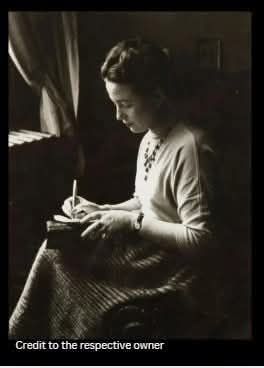In 1874, the Texas plains echoed with one of the most famous clashes of the frontier—the Second Battle of Adobe Walls. A small group of buffalo hunters found themselves surrounded by Comanche, Kiowa, and Cheyenne warriors, including the young leader Quanah Parker. Outnumbered and trapped inside the walls of a trading post, the hunters fought fiercely as waves of attacks swept across the open prairie. It was in this desperate moment that Billy Dixon, a seasoned marksman and buffalo hunter, secured his place in history.
Armed only with his 1874 Sharps rifle fitted with iron sights, Dixon attempted what many thought impossible. Without a scope to guide him and no spotter to assist, he aimed across the plains. On his third try, he took down a mounted warrior nearly a mile away—a distance later measured at 1,538 yards. The shot was more than just a remarkable feat; it was a psychological blow. The incredible distance stunned the attackers, convincing many the hunters had weapons of uncanny power. The assault began to falter, and the battle turned in favor of the besieged men.
Dixon’s shot held the record for the longest confirmed kill in recorded history until 1967—more than ninety years later. But its legacy extended beyond the numbers. To settlers, it became a story of frontier grit; to the tribes, it was another painful chapter in the struggle against advancing hunters and soldiers. What happened at Adobe Walls was not just a battle for survival but a clash of worlds. At its center, Billy Dixon’s legendary rifle shot became a symbol of both defiance and the relentless push of the frontier.